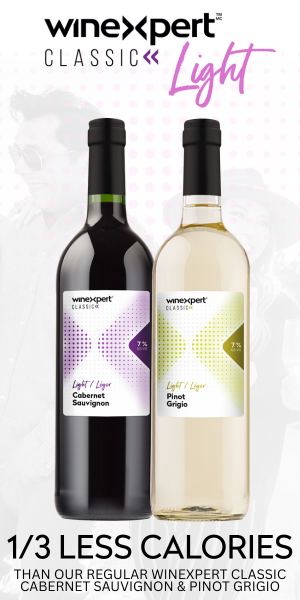Interestingly, even though your heat summation units are low, you are close to the Pacific Coast so I am guessing your winters are mild. European grapevines (Vitis vinifera) grow at a minimum of 50 °F (10 °C) and winter kill at around 0 °F (-18 °C), so during the growing season, during the day, your temperatures should do quite nicely.
The “Winkler Scale” or “UC-Davis Heat Summation Scale,” which measures what are dubbed “degree days,” is only a rough guide to which varieties will thrive in which areas and is solely based on temperature. Basically, it looks at the temperature during the growing season (April 1 to October 31), which roughly brackets bud break to harvest in most areas of the Northern Hemisphere. The number of “degree days” is equal to the average daily temperature in degrees Fahrenheit minus 50 during that period. According to the following scale from UC-Davis, the ranges are divided into “regions” with the accompanying recommended grape varietals:
Region I: Below 2,500 degree days; Chardonnay, Pinot Noir, Gewürztraminer, Riesling
Region II: 2,500–3,000 degree days; Cabernet Sauvignon, Merlot, Sauvignon Blanc
Region III: 3,000–3,500 degree days; Zinfandel, Barbera, Gamay
Region IV: 3,500–4,000 degree days; Malvasia, Thompson Seedless
Region V: Over 4,000 degree days; Thompson Seedless, other table grape
As you can see, your 1,200 degree days is Region I or below (is that a “Region 0”?) and so Chardonnay, Pinot Noir, Gewürztraminer, and Riesling are the vinifera varieties that you would probably have the most luck with.
As I said earlier, however, this scale only takes temperature into account and certainly not slope, aspect, microclimate, weather, precipitation, pest species in an area, trellising, or soil composition. As you can see, there are a myriad of things that can influence the success (or not) of a particular grapevine species. For example, I’m from a little surf town south of Santa Barbara called Carpinteria. If you look at its heat summation units, I should be able to do well with Region I fruit — like you, summer days are typically in the high 70s or low 80s (mid-upper 20s °C). However, Pierce’s Disease, brought on by the glassy wing sharpshooter insect, is a major deterrent to successful vineyards in the area. That and the fact that it doesn’t get very cold at night really means that Carpinteria does best with what it’s most famous for: Citrus, avocados, and flowers.
I would talk to your local university extension, county extension, or farm bureau folks. Likewise, take a cue from what other farmers in your area have planted and see what you think you could do. In the last decade or so, there has been a “Far West” viticultural movement in your area. The West Sonoma Coast Vintners is a local group dedicated to the promotion of vineyards and wineries on the far western edge of Sonoma County where, as you mention, even though it may not all be directly on the coast is far, far cooler than the hotter, inland parts of the county that parallel the Highway 101 corridor. Get connected with those folks to get some ideas about what types of grapes and farming practices they’re finding successful. However, always remember that your property may not be at all like that of your neighbors. Take into account aspect, slope, and site-specific challenges. If you need to maximize the heat that you do have, try planting vines on a south-facing slope or a spot that is sheltered from big ocean breezes that may stress vines too much. If all else fails, try some Vitis vinifera hybrids like Marquette or Traminette that are tailor-made for cooler areas.





